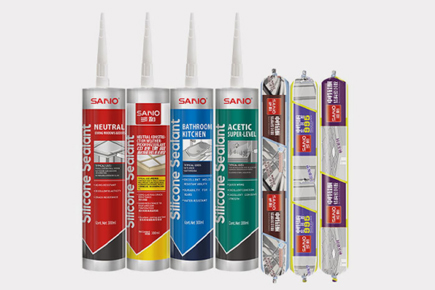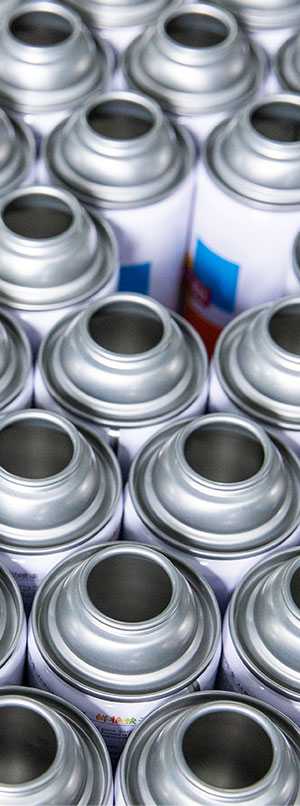Silicone sealant is ideal for construction projects like installing windows, trim, plumbing, or other heavy-duty projects due to its flexibility, water resistance, and ability to bond with various surfaces. Still, many people wonder if it can be used on plastic surfaces. In this article, we will explore the compatibility of silicone sealant with plastic and provide guidelines on how to effectively use it on plastic surfaces.

Will Silicone Stick to Plastic
Can silicone sealant be used on plastic? Well, silicone sealant is compatible with a wide range of plastic materials, including PVC, acrylic, polycarbonate, and ABS. Here’s how they work:
– Excellent Weathering Resistance: Silicone adhesives are highly resistant to environmental factors such as UV radiation, moisture, and extreme temperatures. This makes them ideal for both indoor and outdoor use, ensuring that the bond remains strong and intact even under harsh conditions.
– Good Adhesion: Silicone adhesives form strong bonds with various materials, including glass, metal, and plastic. Their flexibility allows them to maintain a secure grip on surfaces that may expand, contract, or move slightly over time.
– Long-Lasting Seal: Once cured, silicone adhesives create a durable, long-lasting seal that remains flexible. This flexibility helps the seal withstand vibrations, thermal expansion, and other stresses without cracking or losing adhesion, making silicone adhesives a reliable choice for many sealing and bonding applications.
How to Use Silicone Adhesive
Applying silicone sealant correctly is key to ensuring a strong, watertight seal that lasts:
1. Prepare the Surface: Remove any dirt, dust, grease, or old sealant to ensure a clean, dry surface.
2. Cut the Sealant Tube: Cut the tip of the silicone sealant tube at a 45-degree angle to match the width of the gap or joint you’re sealing. Place the tube of silicone sealant into a caulking gun.
3. Apply the Sealant: Hold the caulking gun at a 45-degree angle to the surface, and apply the silicone sealant in a steady, continuous motion.
4. Smooth the Sealant: After applying the sealant, use a caulk smoothing tool, a damp finger, or a plastic spoon to smooth the bead of sealant.
5. Allow to Dry: Once the sealant is applied and smoothed, allow it to dry and cure. The tack-free time ≤ 12 minutes. Full curing time ≤48 hours.

Looking For Quality Silicone Glue for Plastic
But choosing a reputable adhesive can be hard, as there are so many different options on the market today. As a professional factory and supplier, SANVO waterproof silicone caulk & seal has high-quality and competitive prices, helping our clients gain more profits in local markets. Learn out products. Start your next project with SANVO now!
Conclusion
Silicone sealant can indeed be used on plastic, offering a versatile solution for sealing and bonding various plastic surfaces. Its excellent adhesion, flexibility, and weather resistance make it a valuable choice for numerous applications, from household repairs to industrial uses. Choosing trusted brand SANVO silicone sealants can help you achieve a strong, long-lasting seal that effectively meets your project needs.
